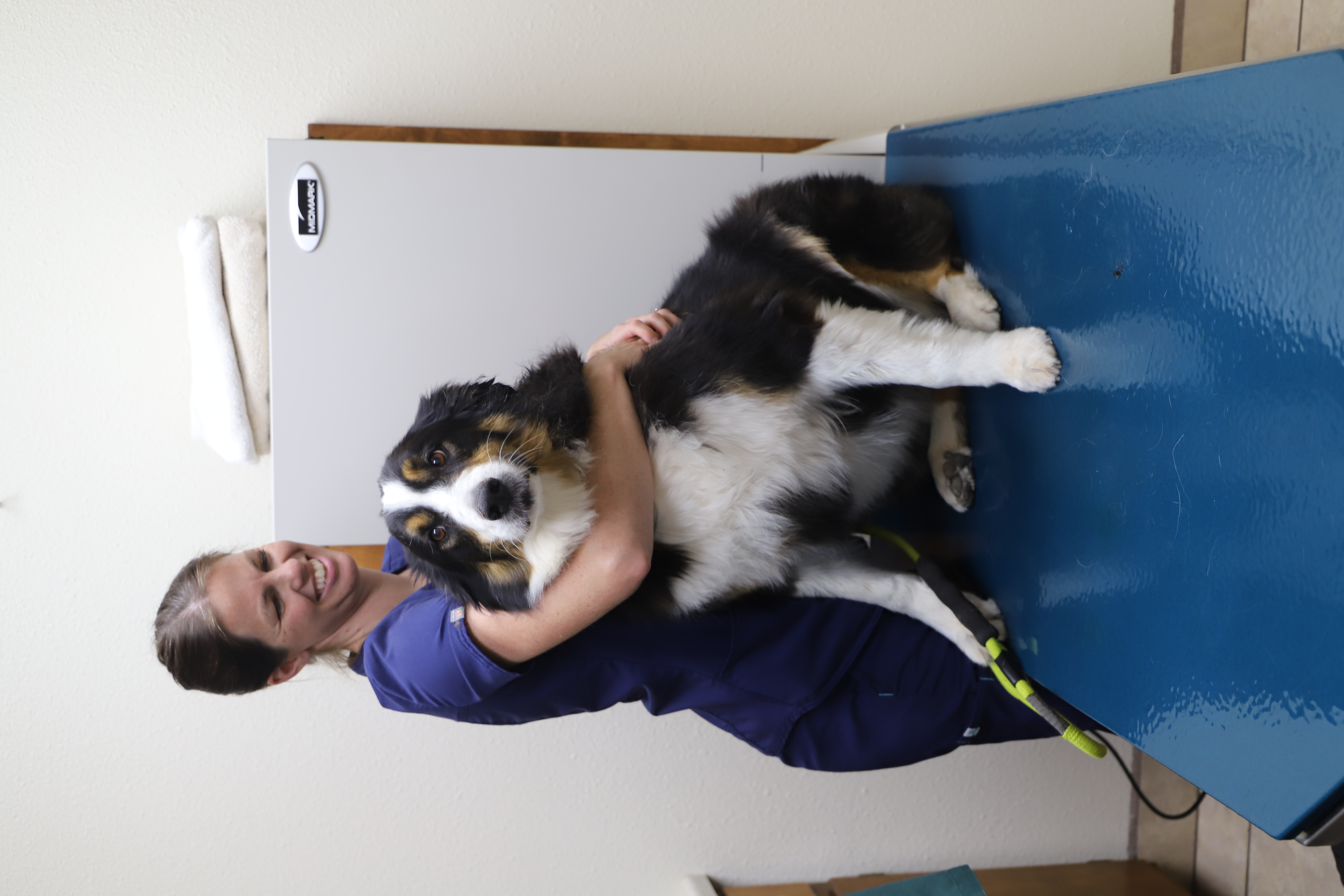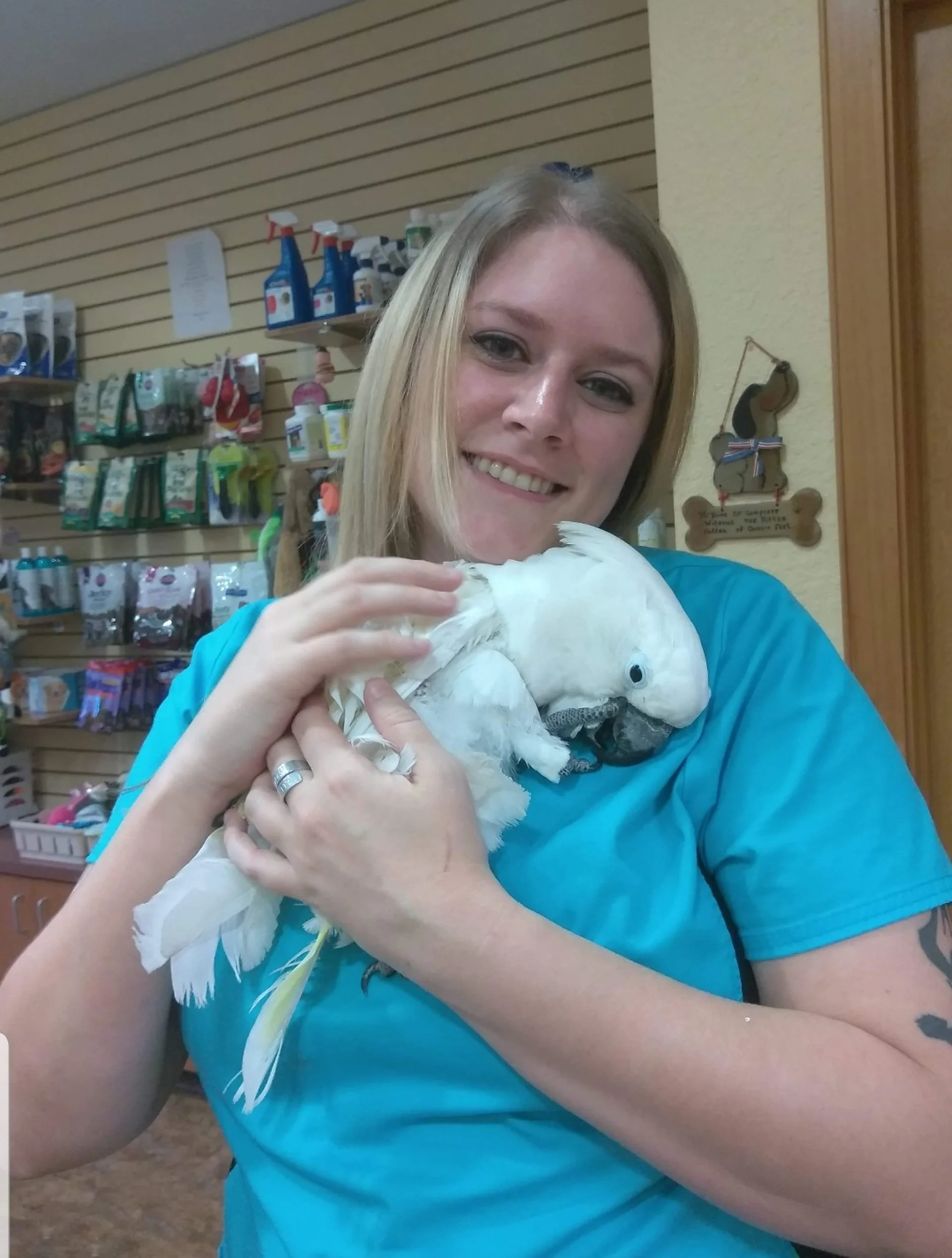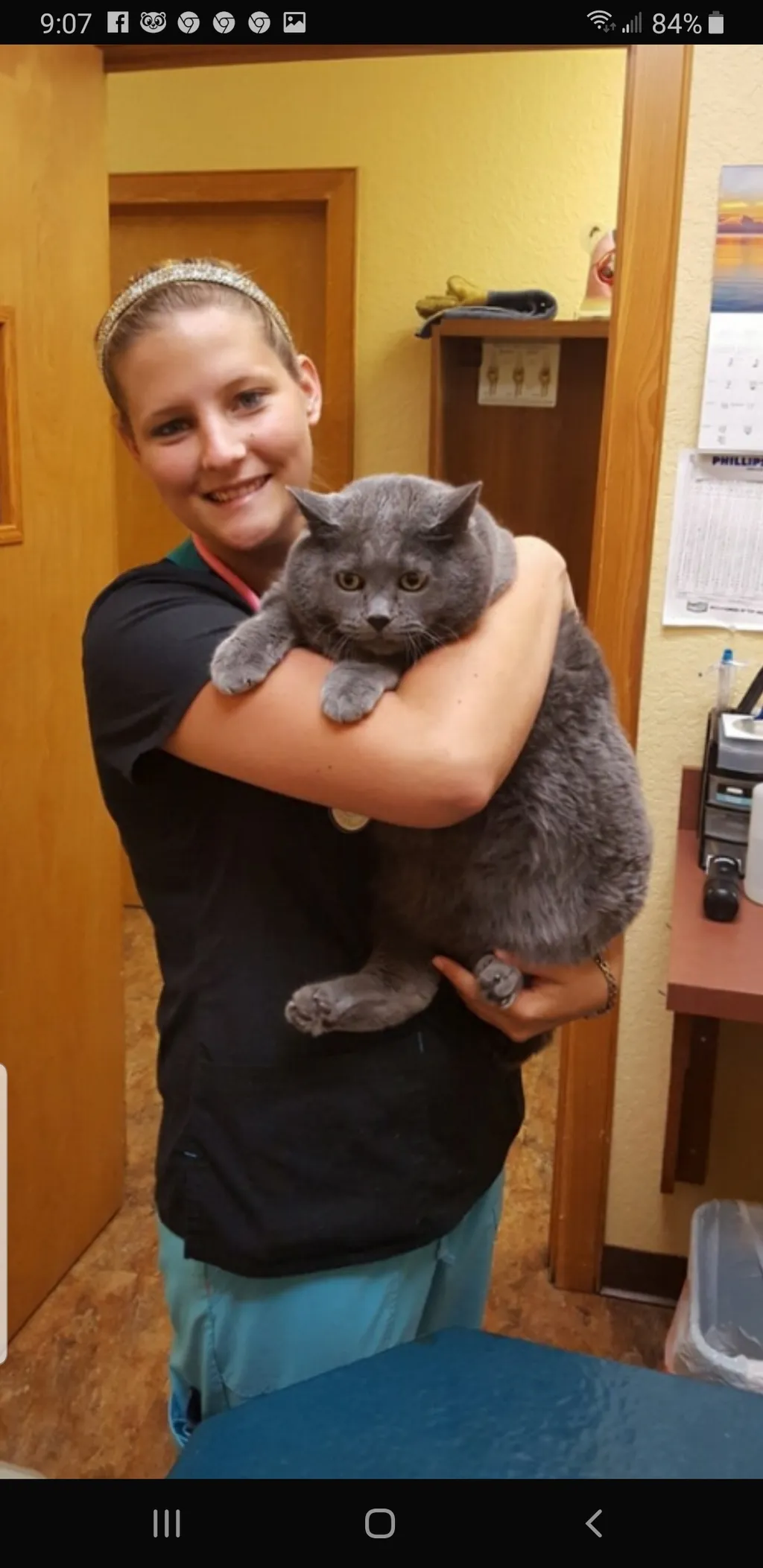Why Dr Bob Irelans Veterinary Services?
Proudly serving the citizens of Lakeland and it's surrounding areas.
And counting!
Proudly serving Lakeland since 1998, trusted for years of compassionate, dependable pet care.
Open on Saturdays - because pets don't just need care Monday to Friday.
Welcome to Dr. Bob Irelan's Veterinary Services
Animals we see:
Dogs
Cats
Contact Us
Hours
- Mon-Wed:7:30 AM - 5:30 PM
- Thu:8:00 AM - 1:00 PM
- Fri:7:30 AM - 5:30 PM
- Sat:8:00 AM - 1:00 PM
- Sunday: Closed
Address
6804 N Socrum Loop Rd, Lakeland, FL 33809, USA
Our Veterinary Services
Dr. Bob Irelan's Veterinary Services, based in Lakeland, Florida, is your complete source for pet vaccinations and a wide variety of veterinary services. You can place your full confidence in Dr. Irelan to care for your pet.





About Dr. Bob Irelan's Veterinary Services
For decades, Dr. Bob Irelan's Veterinary Services has proudly cared for Lakeland's pets. We're known for our tailored treatment plans and caring service, and we're committed to providing the best care for your pet.
View MoreMeet Our Dedicated Team
Our exceptional team at Dr. Bob Irelan's Veterinary Services in Lakeland, FL is dedicated to providing the best possible veterinary care for your pets. Your concerns are our concerns, and together, we embark on a journey to ensure the health and happiness of your furry companions throughout every stage of life.
Testimonials
Changed a few months ago and am extremely happy here. Everyone is compassionate with our senior dachshund. We have a few times needed service at the last minute and are always accommodating. As you can see, our little George is happy also!
Read MoreI am thoroughly impressed with the service I have received from this veterinary clinic. The staff's kindness, patience, and understanding, particularly with my puppies, have been amazing. I still remember the day Dr. Irelan passed away and would like to offer my condolences to his family. May he rest in peace. The addition of the new veterinarian has been a valuable asset. She is amazing! Thank you for your outstanding dedication to providing exceptional animal care.
Read MoreI’ve been taking my pets here for years. I’ve seen the different doctors. They’ve had some really good ones. The office staff and techs are respectful and professional. They work as a team ensuring the correct info and details are addressed at the visit and check out. They inform me of costs and ways to save. The techs are advocates for my pets. They have been for years. They do their best to communicate when they can. They’ve helped me find solutions. They’ve helped me say goodbye to my elderly pets. They’re compassionate and the reason why I’ve kept coming back. They show up to ensure each patient gets the best care. So when appts may be delayed, I know it’s for a good reason.
Read MoreAfter looking for a nice Vet on my neighb ..I find out ..some vets clinics they want to much money for a regular visit..and if you are not a customer they slap you with No..to sell anything like happen to me on Lakeland Anim clinic..and Glad they show how they care about pets ..because. Is why I did an appointment with Dr Ireland clinic cordial in the phone and price at front and honest services..not try to get rip off...services is just wonderful..nurses kind..and this Dr. Amazing knowledgeable! Our Dog is getting better! Thank you to Dr Ireland personnel!
Read MoreI highly recommend Dr.Bob Ireland’s office! They take amazing care of my puppies every time I come in! Their staff is so friendly and helpful! I couldn’t be happier with them! Anyone looking for a new vet or puppy vet please give them a try!
Read MoreDr. Bob Irelan's Veterinary Services FAQs
There is no question too big or too small for our veterinary team.










